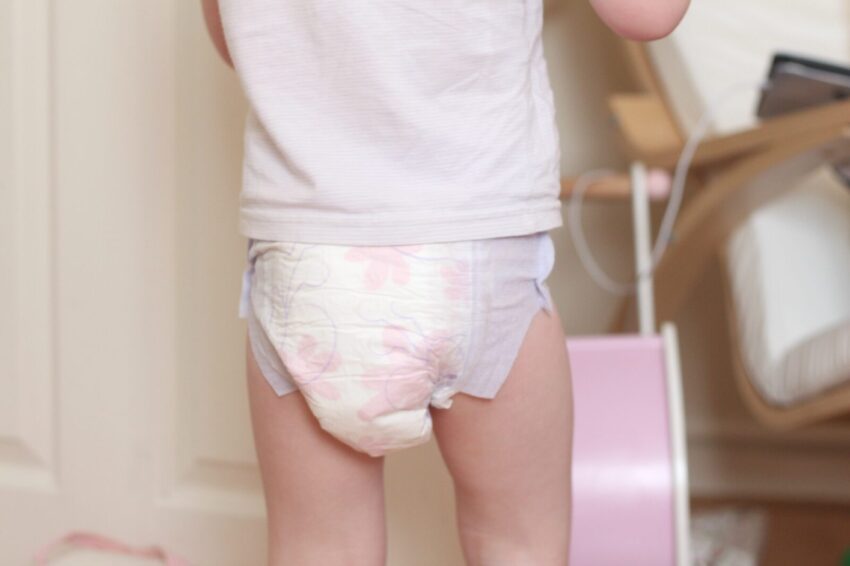Diapers are absorbent garments worn by babies, toddlers or by adults who cannot control their bladder owing to any condition. They are designed to absorb and retain urine and feces away from the body to provide comfort and avoid leakage. The rising birth rate across emerging countries has significantly boosted the demand for diapers. In addition, the increasing adoption of diaper for adults owing to growing geriatric population is further propelling the market growth.
The global diaper market is estimated to be valued at US$ 93.4 Bn in 2023 and is expected to exhibit a CAGR of 9.0% over the forecast period 2023 to 2030, as highlighted in a new report published by Coherent Market Insights.
Market Opportunity
Rapid urbanization along with rising disposable income in countries like India, China, Brazil etc. has increased spending on baby care essentials including diaper. According to recent estimates, India and China together account for over 35% of global births annually and present massive untapped potential. With growing middle class population and their rising living standards, the demand for premium diapers in these developing markets is projected to surge in the coming years. Furthermore, initiatives by multinational brands to penetrate in rural pockets by establishing extensive distribution network will aid the market growth.
Porter’s Analysis
Threat of new entrants: The diaper market has moderate threat of new entrants as it requires high level of capital investment for manufacturing facilities and establishing brand value. However, developing economies offer opportunities for new players.
Bargaining power of buyers: The bargaining power of buyers is high as diapers are necessity products and customers can compare prices easily. Buyers can choose from various available brands.
Bargaining power of suppliers: Raw material suppliers have moderate bargaining power due to availability of substitutes. However, producers of key raw materials like pulp and polymers have greater influence.
Threat of new substitutes: The threat of substitutes is low as diapers are necessity product and there are no cost effective alternatives available.
Competitive rivalry: The market is highly competitive with presence of many global and local brands. Companies compete based on product differentiation, quality, and pricing.
SWOT Analysis
Strength: Diapers are necessity products with rising global demand. Established brands have strong distribution network and product loyalty.
Weakness: Market is highly price sensitive. Frequent product innovation and marketing requires high investment.
Opportunity: Emerging markets like Asia Pacific and Middle East offer large untapped growth potential. Rising birth rates in developing nations present opportunities.
Threats: Stringent regulations over raw material sourcing and product disposal could increase costs. Economic slowdowns may impact consumer spending.
Key Takeaways
The Global Diaper Market Demand is expected to witness high growth over the forecast period of 2023 to 2030 supported by rising births globally. The global Diaper Market is estimated to be valued at US$ 93.4 Bn in 2023 and is expected to exhibit a CAGR of 9.0% over the forecast period 2023 to 2030.
The Asia Pacific region dominates the market and is expected to grow at fastest pace led by India, China, and other developing nations. China and India are the fastest growing markets in the region supported by rising population, increasing disposable incomes, and growing awareness. Japan and South Korea also offer scope for growth. North America and Western Europe are major mature markets while Middle East and Latin America are emerging with potential.
Key players related content: Key players operating in the diaper market are Svenska Cellulosa AB, DSG International Ltd., First Quality Enterprises, Inc., Kimberly-Clark Corporation, Abena A/S, Attends Healthcare Products, Inc., Unicharm Corporation, Kao Corporation, Ontex Group, Chiaus (Fujian) Industrial Development Co Ltd and others. Unicharm Corporation and Procter & Gamble are leaders in Asia while Kimberly-Clark dominates in North America.
Note:
1. Source: Coherent Market Insights, Public sources, Desk research
2. We have leveraged AI tools to mine information and compile it

